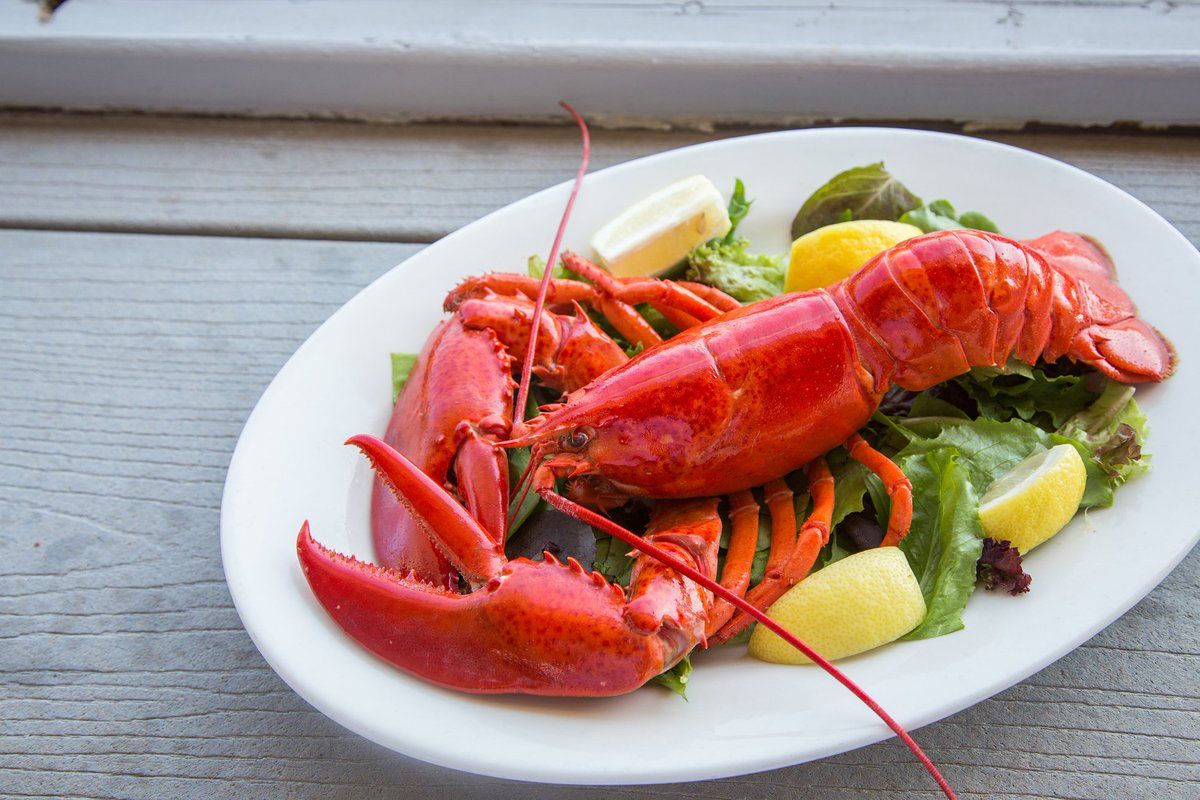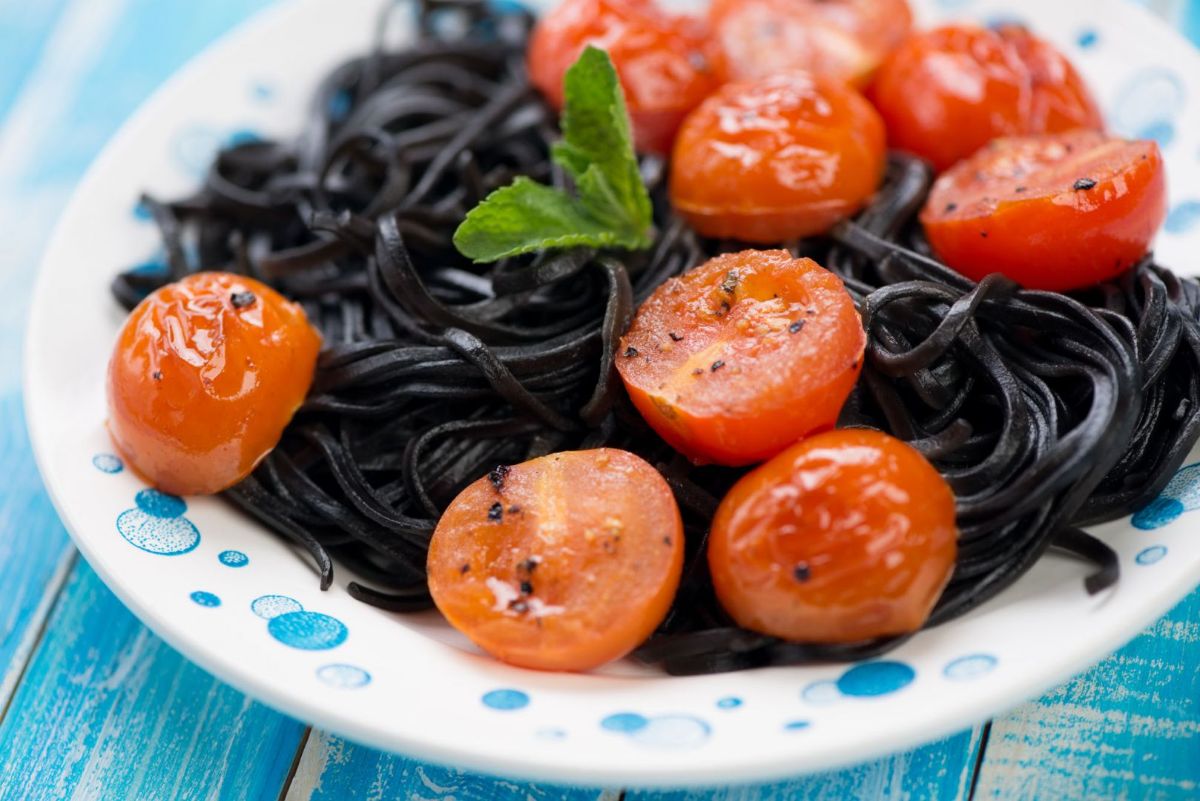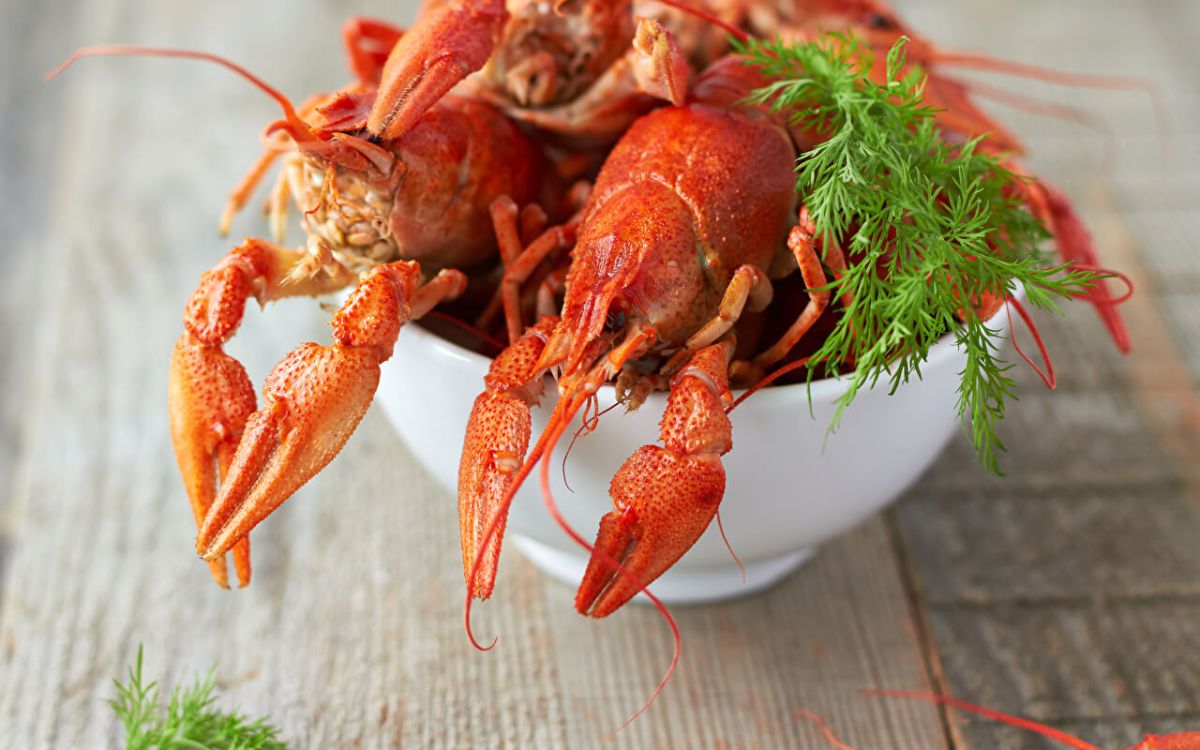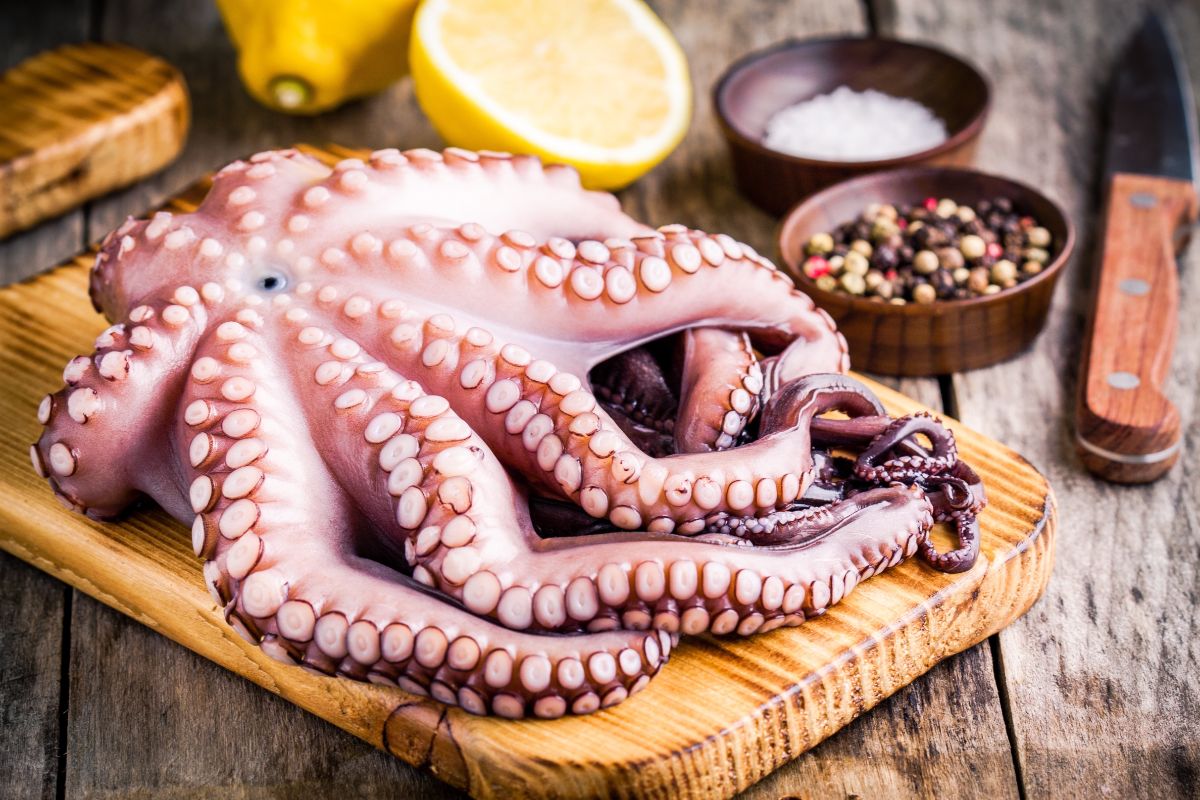What are the benefits of beans for humans — 6 scientific facts
Beans are a valuable legume crop, which is one of the main sources of vegetable protein in the world. It is widely used in cooking.
In recent years, it has also been recognized in evidence-based medicine, as it contains a lot of biologically active substances (useful proteins, omega-3 fatty acids, vitamins, minerals and antioxidants).
The rich composition determines the beneficial properties of beans for humans: it improves the health of the cardiovascular system and reduces the risk of developing the most dangerous diseases (including cancer).
Content
6 useful properties
Below are the 6 main facts about the benefits of beans, scientifically proven.
1. Source of valuable substances
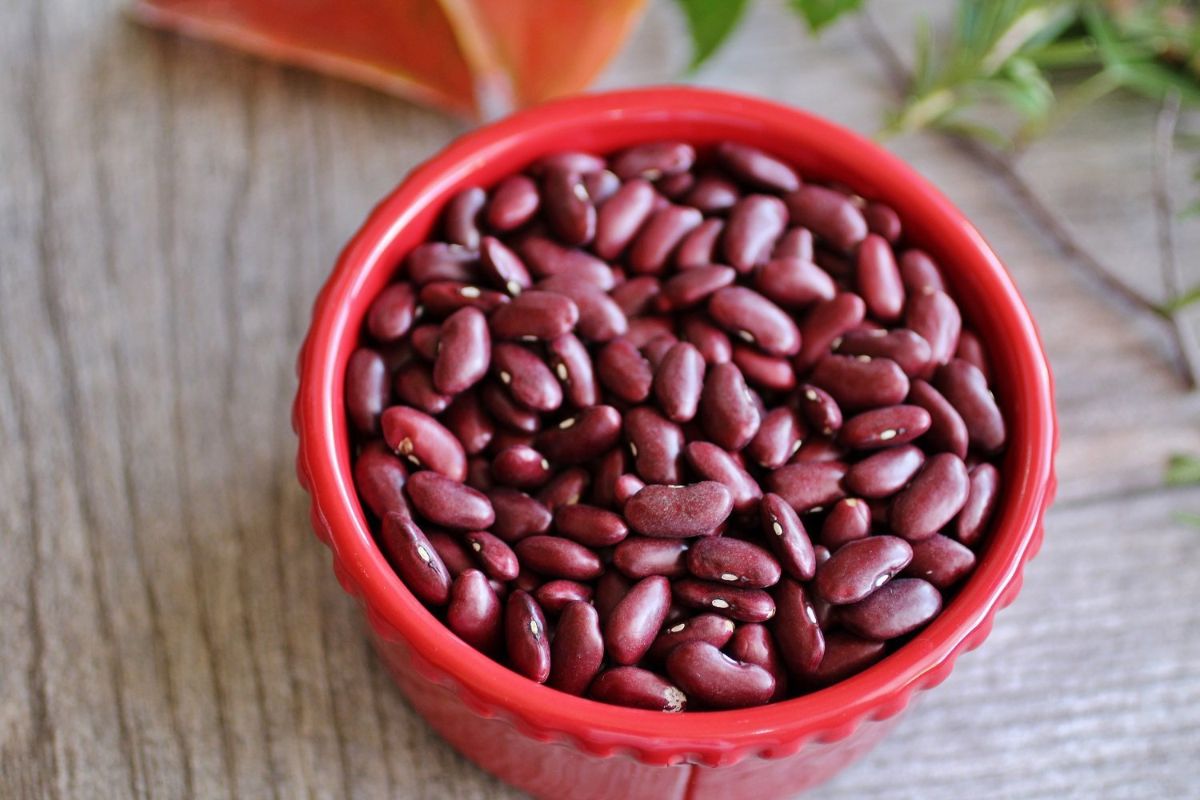
Beans are a product with an average calorie content (about 143 calories per 100 grams), which rich such nutrients:
| Name of the nutrient | Percentage of the recommended daily requirement (per 100 grams) |
| proteins | 28 % |
| fats | 4 % |
| fiber | 22 % |
| Vitamin B1 | 33 % |
| Vitamin B4 | 19 % |
| Vitamin B9 | 23 % |
| Vitamin C | 5 % |
| Nicotinic acid | 32 % |
| potassium | 44 % |
| calcium | 15 % |
| silicon | 307 % |
| magnesium | 26 % |
| phosphorus | 60 % |
| iron | 33 % |
| iodine | 8 % |
| zinc | 27 % |
| Omega-3 fatty acids | 23 % |
Beans are especially valuable Sustainable fibers . They have a number of medicinal properties and play an important role in regulation work of the gastrointestinal tract, reduce body weight and provide prevention of the development of cardiovascular diseases.
Beans also contain a number of plant-based nutrients:
- Isoflavonoids. Have antioxidant activity.
- Anthocyanins. Give the beans a red color, enhance antitumor immunity.
- Phytic acid. Increases the absorption of certain minerals (zinc, iron).
2. Weight loss Assistance
 Obesity or overweight is a global problem of modern society. Being overweight increases the risk of many cardiovascular diseases several times.
Obesity or overweight is a global problem of modern society. Being overweight increases the risk of many cardiovascular diseases several times.
Several foreign studies carried out under the supervision of Canadian and American scientists, discovered there is a direct positive relationship between the volume of consumption of legumes and a decrease in the likelihood of developing obesity.
According to the data Spanish scientists, adding beans to the diet (without changing the total daily calorie content of the diet) 4 times a week leads to a marked decrease in body weight. The positive effect is presumably due to a change in the concentration of satiety hormones in the blood and accelerated destruction of adipose tissue cells.
A separate role is assigned dietary fiber in the composition of beans, which normalize the motor activity of the gastrointestinal tract, improve the absorption of nutrients, slightly limiting the absorption of carbohydrates.
3. Blood glucose control
 Diabetes mellitus, which occurs quite often in older age groups, not only reduces the quality of life, but also contributes to the development of many disorders in the body.
Diabetes mellitus, which occurs quite often in older age groups, not only reduces the quality of life, but also contributes to the development of many disorders in the body.
According to information employees of St. Michael's Hospital (Canada), beans have a low glycemic index and do not cause sudden spikes in blood sugar levels after consumption.
At the same time, the rate of increase in glucose concentration significantly lower more than the other most common sources of carbohydrates.
Selected scientific papers underline the ability of legumes to reduce the likelihood of developing type II diabetes. The positive effect is based on the elimination of insulin resistance, a key pathogenetic mechanism of the formation of this disease.
4. Improving cardiovascular health
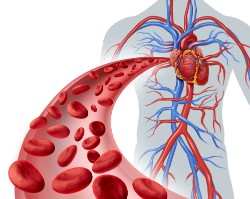 Beans contain quite a lot of omega-3 fatty acids. The inclusion of these nutrients in the menu is associated with the normalization of lipid profile parameters, reducing the likelihood of fatal arrhythmias.
Beans contain quite a lot of omega-3 fatty acids. The inclusion of these nutrients in the menu is associated with the normalization of lipid profile parameters, reducing the likelihood of fatal arrhythmias.
Against a low background cholesterol levels pathologies associated with atherosclerosis (for example, coronary heart disease and myocardial infarction) are much less common in the blood.
Canadian Specialists underline high efficiency of beans in the prevention of coronary heart disease.
Also a product rich magnesium and potassium. Minerals relax the muscles of the artery walls and slightly reduce blood pressure. Thus, beans can be used for the purpose of prevention and even therapy (together with medications) of hypertension.
5. Prevention of colon cancer
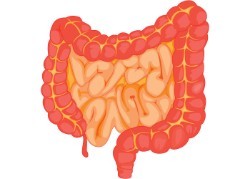 Oncopathology of the large intestine is one of the most common and lethal types of cancer. In Russia alone, 60,000 new cases of the disease are registered annually.
Oncopathology of the large intestine is one of the most common and lethal types of cancer. In Russia alone, 60,000 new cases of the disease are registered annually.
Observational studies performed Norwegian and Chinese scientists emphasize a decrease in the incidence of this pathology against the background of regular consumption of representatives of the Legume family (including beans).
It was also installed that taking beans slightly reduces the likelihood of developing cancer of the following organs:
- Upper respiratory tract;
- Stomach;
- Kidneys;
- Bladder;
- Prostate gland.
Similar results were received during experiments on rodents.
It is important to note that specific antitumor mechanisms have not been discovered or studied at the moment. It is assumed that the effect is associated with inhibition of protein synthesis in malignant cells.
Possible harm
 The use of any legumes, including beans, has contraindications and can be harmful to health.
The use of any legumes, including beans, has contraindications and can be harmful to health.
Side effects include:
- Toxic effects. Raw beans contain a special toxic protein – phytohemaglutinin. It can provoke the appearance of indomitable vomiting and diarrhea, and have a depressing effect on the central nervous system. To avoid undesirable effects, it is recommended to carry out mandatory heat treatment of the product (for example, boil for at least 10 minutes, after soaking in water for 5 hours).
- Deterioration of nutrient absorption. Raw beans contain antinutrients that slow down the absorption of proteins, vitamins and minerals from the lumen of the gastrointestinal tract. Heat treatment eliminates this negative effect.
- Dyspeptic disorders. Beans are a high–protein product. Excessive intake of proteins into the body can activate the processes of putrefaction and fermentation in the intestinal lumen, which manifest themselves in the form of diarrhea, bloating, and gas discharge.
- Allergic reactions. In most cases, they are caused by the sensitization of the body to plant proteins. They can manifest themselves in different ways.
Women during pregnancy are strictly prohibited from eating raw beans, and the maximum daily dose of heat-treated beans is 100-120 grams.
What are the types of beans?
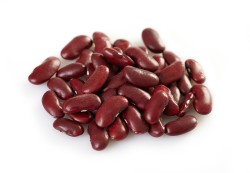 There are over 30 different varieties of beans in the world, however, only four are widely used:
There are over 30 different varieties of beans in the world, however, only four are widely used:
- Common beans. It is the most popular variety. The seeds and beans of the bean are consumed, which can have red, white, brown and even blue color.
- Moon-shaped. Has a white, mottled or greenish color of beans. It stands out among other representatives with a high content of protein and vitamins of group B.
- Ruby. Only young beans or sprouted bean seeds are used for food purposes. The rest of the plant is decorative.
- Holly. Grows in the wild in the USA and Mexico. Beans are large in size (up to 2 cm long) and resistant to drought.
Rules of selection and preparation
The features of the selection and preparation of legumes are discussed below

Selection
Regardless of the type of beans, it is recommended to follow the general rules when choosing fresh beans:
- Absence of mucus and other secretions on the surface of the bean (it must be loose);
- Absence of plaque (white or black), pathological growths on beans;
- The surface of the beans is smooth and shiny.
When buying string beans, the pods themselves must be dense, firm and elastic, the flaps closed. The seeds inside should be easily visible and palpable. When pressed, the release of juice and other secrets is unacceptable.
It is quite difficult to choose high-quality canned beans. It is necessary to carefully examine the jar for defects (dents, chips, traces of rust) and check the expiration date. It is better to take canned beans in their own juice.
Cooking
The only useful cooking option is boiled beans. Consumption in its raw form is unacceptable, it is better to abandon frying. When baking in the oven, almost all taste properties are lost.
Before cooking, you should:
- Thoroughly rinse the beans under cold water.
- Soak the beans for 4-6 hours. Without soaking, toxic substances will remain in the beans, and the cooking time will increase to 20 minutes, which will destroy a significant part of the biologically active substances. It is better to use water at room temperature.
- Drain the water and rinse the beans again.
The beans are placed in an enameled dish, filled with water to the top and simmered for 10 to 30 minutes (until tender). During cooking, it is recommended to stir the beans periodically, do not cover with a lid.
Use in cooking
There are a lot of recipes for dishes based on beans. For example, you can cook:
- Salads (with chicken, crab sticks, Korean carrots, potatoes and mushrooms, vinaigrette);
- Soups ("lobio", mashed soup, "lobahashu");
- Vegetable stew (stewed beans goes well with eggplant, tomatoes and zucchini);
- Sauces for cutlets and meatballs (Italian with tomato paste, beef or chicken liver);
- The leaves, leaves, peel (husk) of beans are used in folk medicine for the preparation of decoctions and infusions.
Conclusion
- Thus, beans are of great value to our body. It is rich in proteins, omega-3 fatty acids, and contains various vitamins and mineral complexes.
- With regular use, it improves the health of the heart and blood vessels, normalizes the glycemic profile, prevents the development of cancer and promotes weight loss.
- It is important to follow the rules of product selection and preparation.
